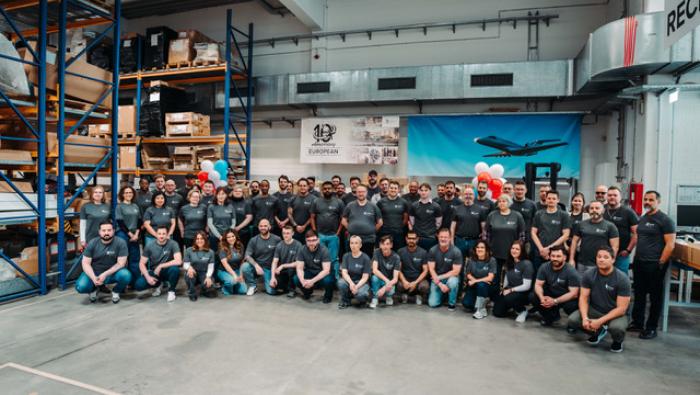If Charles Dickens were to make a prediction about the state of aircraft maintenance in 2012, he might say it will be the best of times and the worst of times. The good news is business is picking up; the bad news is there are problems.
Concerns expressed during an informal survey of maintenance industry executives included some issues concerning the FAA’s transition from a designated alteration station to an organization designation authorization program; the role of mobile maintenance support teams; the detrimental effect on industry with respect to Congress’s position on foreign repair stations; the uncertainty created by Congress’s failure to pass a new, multiyear reauthorization bill for the FAA; and product liability. Those issues notwithstanding, without exception the one overriding concern in the maintenance industry is the lack of qualified maintenance technicians.
Maintenance Technicians Needed
Stephen Maiden, president of Cleveland-based Constant Aviation, told AIN that, based on 2011, he sees 2012 as a good year for business. “With the aircraft values still hovering at record lows, I think we will see a whole new group of first-time aircraft owners entering into the market. This has the potential to shift the dynamics of past relationships and locations where customers take their aircraft to be maintained.
“People are looking for the best overall value with MRO services, ones that can offer one-stop shopping for them. Customers are making maintenance decisions based on the MRO’s location, quality and service levels. I don’t think we are going to see people willing to fly across the country to go where they’ve always gone before [for maintenance]. As with everything these days, our customers are looking for a provider that gives them the most bang for their buck and to save where they can,” he said. Maiden’s concern about finding qualified technicians to do the work is a sentiment expressed by everyone interviewed.
Robert Sundin, COO for Dassault Aircraft Services, said the availability of qualified technicians is becoming a major issue in today’s market and the problem is going to get worse before it gets better.
“Not only are there not enough qualified maintenance personnel today but the attendance level at A&P schools is at a historic low. This is creating a scenario where we are hiring personnel away from each other and impacting each other’s businesses. To help counter this we are working closely with local high schools and technical training centers to make young people aware of business aviation and what it has to offer as far as a career,” he said.
Sundin underscored Maiden’s comment about the manner in which operators are getting maintenance during tough economic times.
“During this market slowdown there has been a change in how scheduled maintenance is supported. Individual flight departments are contracting local A&Ps to perform maintenance on their aircraft in lieu of outsourcing the work to a service center. I’m fine with this and fully understand the reasoning behind it. What concerns me is that most owners probably aren’t aware of the risk and liabilities they’re taking when having uninsured people working on their aircraft and in their facility.”
Daniel Fisher, vice president of legislative affairs for the Aeronautical Repair Station Association (ARSA), said ARSA conducted an informal survey of senior aviation maintenance industry executives that verified the concern about the lack of qualified technical personnel.
“We discovered that repair stations are creating new positions but are not always able to find skilled technical employees to fill them. Our survey asked executives from 13 leading aviation MRO companies about their hiring and growth during 2011, and their plans to expand in 2012. Eighty-five percent of the survey’s respondents hired skilled aviation technical workers in 2011, creating more than 1,700 jobs. Seventy percent of those repair stations indicated they plan to continue hiring in 2012.
“While the growth is certainly good news, 85 percent of respondents reported difficulty finding skilled technical workers. ARSA will continue to work with the industry and groups like the Aviation Technician Education Council to help alleviate the skilled workforce challenges in aviation maintenance.”
Maiden summed up the general consensus saying, “There are many great individuals in our industry who have years of experience, but I feel that we need to focus on building programs for young students to enter into our field. It is important to be bringing in young talent who are able to learn from the people who have taken the aviation maintenance business to where it is today–the safest in the world. Those individuals will be the future of our business; they will be responsible to carry the torch forward.”







